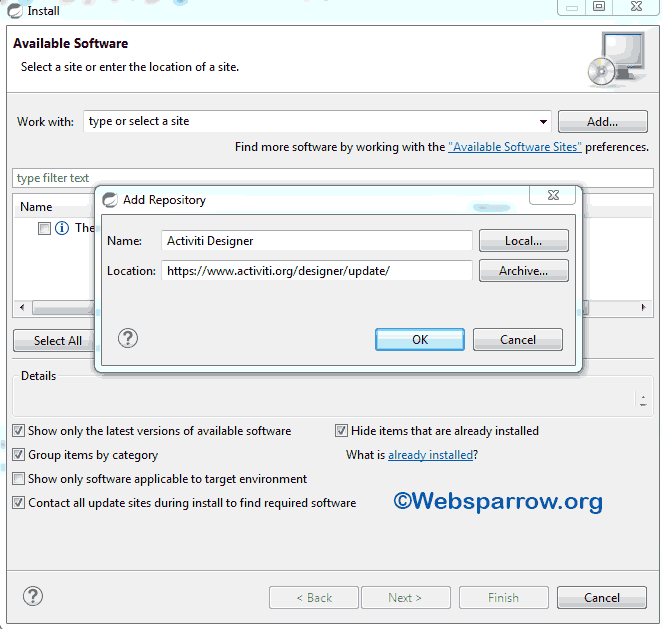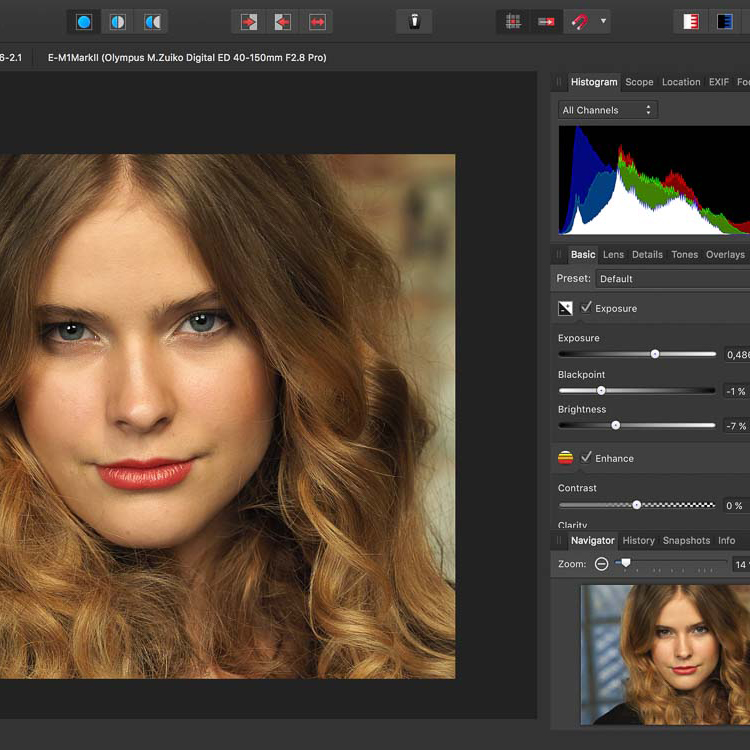

I am running Affinity Photo on a 4-core processor that has hyperthreading enabled, which allows for 8 threads. In the example to the right, you see that 8 images are currently being processed. When the batch process is running, you will see a list of files, with their paths displayed, as well as the action that is currently being performed. If not, turn off parallel processing to just run a single image through the batch process at a time. If you are processing large images, it’s probably best that you are using an SSD drive to read and write your files, and also have a lot of RAM available. This is great if you’re processing hundreds of images, and I’ve seen small files being processed much quicker than in Adobe Photoshop. It’s turned on or off just by clicking a checkbox.Īffinity Photo has the option to process multiple images simultaneously, making the most of your multi-core CPU. This is a big feature, hidden away at the bottom of the window. Now that we’ve got the negatives out of the way, let’s look at the positive side of things. AdvertisementsĪffinity Photo’s Batch Job feature just puts all file types into the same folder. This has saved me time and helped me avoid making mistakes many, many times. However, Image Processor also allows you to choose whether to save all files into the same folder (Keep Folder Structure – ON), or whether to save each file type into its own folder (Keep Folder Structure – OFF).
#Affinity photo zip file software#
Both software allow you to save to the same folder, or to choose a new destination. The saving options available in Batch Job also fall a little short, when compared directly to Image Processor. You should note that Batch Job can also process RAW files Saving Files

This is a big hindrance to people who use this feature extensively. You MUST select each image that you want to process, and you can’t just add already open images. In fact, it doesn’t work with folders at all, forget about sub-folders. Selecting / Opening Filesīatch Job doesn’t work with folders very well. Let’s get the negatives out of the way first. Batch Job (Affinity Photo) vs Image Processor (Adobe Photoshop) AdvertisementsĪffinity Photo’s tool doesn’t just copy Photoshop. But… is it just as good, or better than Adobe’s tool? Let’s find out.

A quick look at the image below will show you that ‘New Batch Job’ is more like ‘Image Processor’. If you use Adobe Photoshop to process multiple images, you know that converting a large number of files to JPG, TIFF, or PSD formats is probably easier handled by Image Processor (File>Scripts>Image Processor…), rather than the Batch dialog (File>Automate>Batch…). Batch Job (Affinity Photo) vs Batch (Photoshop) Advertisements Is ‘Batch Job’ A More Powerful ‘Image Processor’? This is very similar to Photoshop’s Image Processor. In contrast, Affinity Photo only allows you to apply actions while saving new files. Photoshop allows you the flexibility to rename files, apply commands to multiple folders, saving new files, or apply actions to the same files and re-save them. While both do allow you to use actions, that’s probably where the resemblance ends. Take a look at the comparison images below. There are some significant differences between Photoshop’s ‘batch’ and Affinity Photo’s ‘batch’ tools. While there are similarities to “Batch”, “Batch Job”, is actually more like Photoshop’s “Image Processor”. Conclusion Batch Processing in Affinity Photo is Not Like Photoshop’s Batch DialogĪffinity Photo is clearly not trying to emulate Adobe Photoshop‘s Batch commands.Differences from Photoshop’s Image Processor.9 Steps to Use Batch Processing in Affinity Photo:.Is ‘Batch Job’ A More Powerful ‘Image Processor’?.Batch Processing in Affinity Photo is Not Like Photoshop’s Batch Dialog.


 0 kommentar(er)
0 kommentar(er)
